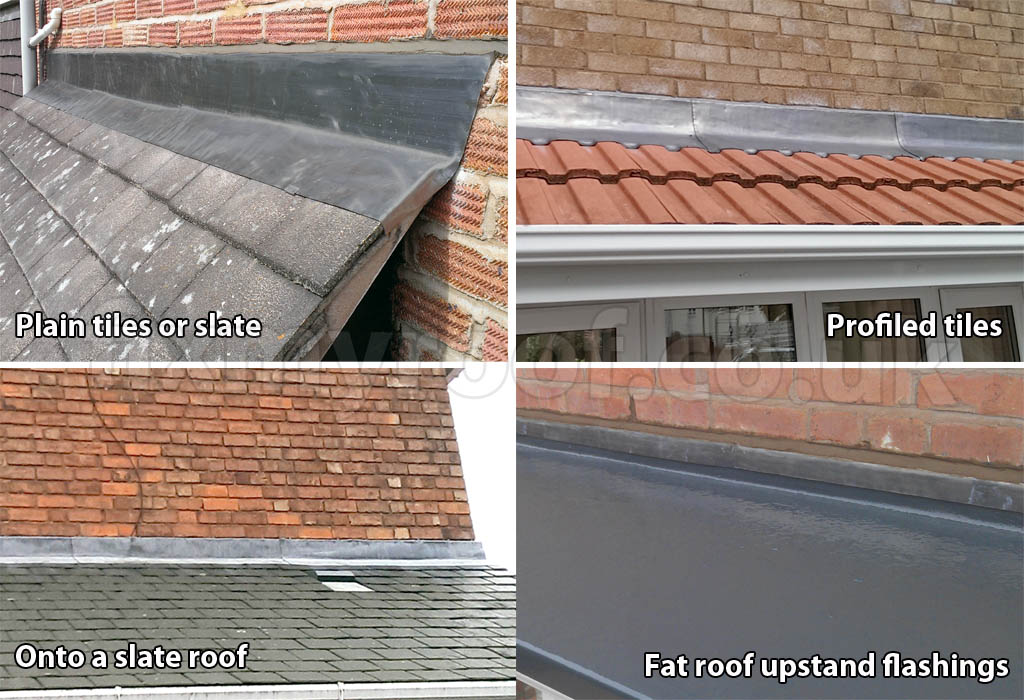Install Roof Flashing Against Wall
Since this was an introductory guide to the basics of standing seam metal roof installations, we purposefully left out more technical details such as Z-bar flashing, end-wall, and valley flashing details, however, they are covered in the video above, if you like to learn more about the components that go beyond the basics. How To Install Roof Flashing Against A Wall. It is not uncommon, especially in two story and side split houses to have a roof that butts against a wall, as shown in Figure 1. The correct installation of flashing at this juncture is critical in order to maintain a weather tight seal.

How to Install Step Flashing Where Roof Adjoins SidingPosted March 4, 2017 filed under,. Larry Vaught Roofing kevinStep flashing is used to provide a water tight connection where roofing adjoins a vertical juncture. This flashing is typically field fabricated from a sheet of 26 ga. Galvanized sheet metal, bent at a 90-degree angle (i.e. Bent into an “L” shape). Once step flashing is installed per each course of shingles in prescribed fashion to integrate roof with an opposing vertical juncture.
The following is the proper procedure for a. Proper installation of step flashing:Step flashings are to be installed “one per course”. The roof deck flange of step flashings are to be fastened to the surface of each shingle in a position whereby the next course of shingles will cover up / hide the flashing from view. The vertical flange of the flashing is to extend up behind the adjoining siding. The recommended length of step flashing is typically a minimum of 2-inches longer than the exposure of the roofing material. This results in a 2-inch minimum head lap.The recommended width of step flashings will vary, depending on the agency / entity being referenced.


However, the typical recommended width of step flashing ranges from 5-inches to 10-inches. A 5-inch wide flashing will result in a 2-1/2″ roof deck flange and 2-1/2″ vertical wall flange.
Likewise, a 10″ wide flashing will result in a 5-inch wide roof deck flange and a 5-inch vertical flange. Obviously, the further up the wall a flashing extends the greater the resistance to water intrusion. Likewise, the narrower the flashing, the less resistant it is to water intrusion. In the event the sidewall is not of double-wall construction, we strongly recommend “snow blocks” be incorporated into the design of the wall to render the sidewall resistant to snow infiltration.Proper installation of flashing behind siding Common mistakes involving step flashing:. Installation of a continuous sheet of metal flashing from the top of the roof to the bottom of the roof in lieu of step flashing is not a correct method of installation in many instances.
Because CMAs can explain the 'why' behind numbers, not just the 'what.' And that can give you greater credibility, higher earning potential, and ultimately a seat at the leadership table. CMA Program is tailor-made for accounting and finance professionals at all levels, whether you want to enhance your value to your current organization or expand your career potential. CMA is the advanced professional certification specifically designed to measure the accounting and financial management skills.For more than 40 years, the CMA certification has been the global benchmark for management accountants and financial professionals. Certified management accountant cma program in nc.
Some types of roofing materials (like concrete tile) incorporate a continuous sheet of metal flashing at sidewalls. But, composition shingles, cedar shakes, cedar shingles, and other materials that are installed in rows or courses typically require step flashing at vertical junctures. So, avoid installation of a continuous sheet of metal flashing for those roofing materials which require step flashing. If in doubt, refer to the installation instructions of the material being installed. Omitting installation of new step flashings when a new roof is installed over an existing roof.
When new roofs are installed over an existing roof layer, in many instances new step flashings are not installed. This method of installation relies upon the step flashings of the underlying roof to continue providing a water tight connection with the adjoining sidewall.
How To Install Roof Flashing Against A Stucco Wall
There are a couple of big concerns. First of all, the integrity of the new roof is dependent upon the integrity of the old roof. And secondly, failing to install one step flashing per course of new shingles does not meet building code or shingle manufacturer installation guidelines. Failing to install step flashing “behind” siding.
Step flashings are quite often improperly installed on the exterior of siding. In certain instances flashing may need to be installed on the exterior of siding. However, in most instances, step flashing should be installed “behind” siding. It is always recommended to install step flashing behind stucco, Dryvit, wood panel, lap siding, vinyl siding, cedar shingle siding, etc. Failing to replace step flashings when a cedar shake roof is replaced with a composition shingle roof. Step flashings on a cedar shake roof are typically installed every 10-inches. The step flashings on a composition shingle roof are typically to be installed every 5-inches.
So, when a shake roof is replaced, re-using the step flashings from the old shake roof will result in one step flashing for each two courses of new composition shingle roofing. This fails to meet building code, fails to meet shingle manufacturer installation guidelines, and poses greater risk of leakage.